
When your Frigidaire refrigerator stops cooling, it can lead to spoiled food and unnecessary stress. But before you panic or rush to replace your appliance, there are several common causes and DIY solutions you can explore.
At Express Repair, we’ve seen and fixed it all—so this guide will help you troubleshoot the issue efficiently and determine whether a professional repair is necessary.
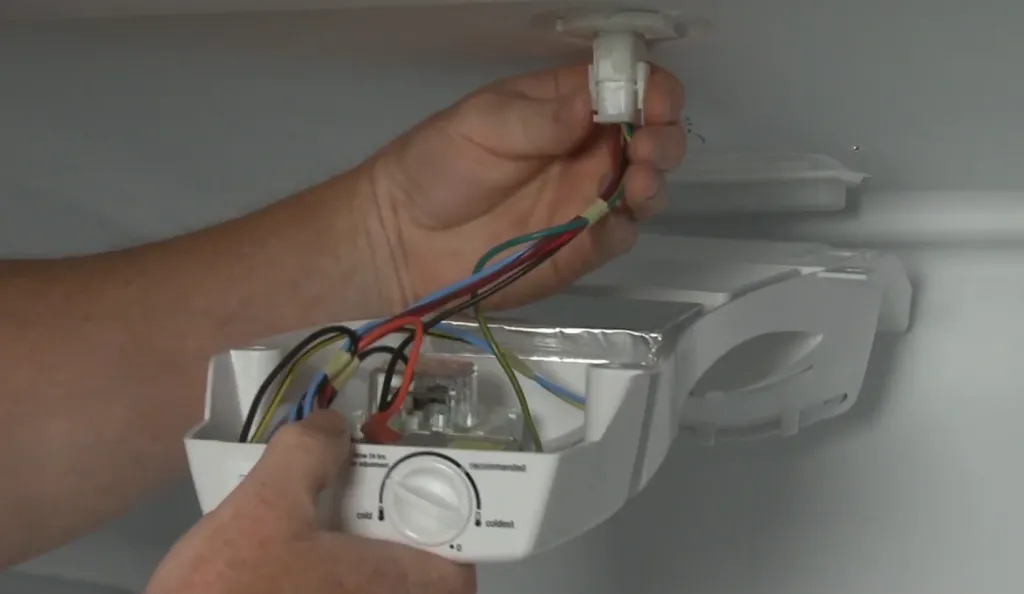
It may seem obvious, but always start with the basics. If your fridge isn’t cooling, make sure it’s receiving power.
Ensure the fridge is plugged in securely.
Check the circuit breaker for any tripped switches.
Look for signs of electrical issues, like a burned outlet or damaged power cord.
If the interior lights or display aren’t working, it’s likely a power problem.
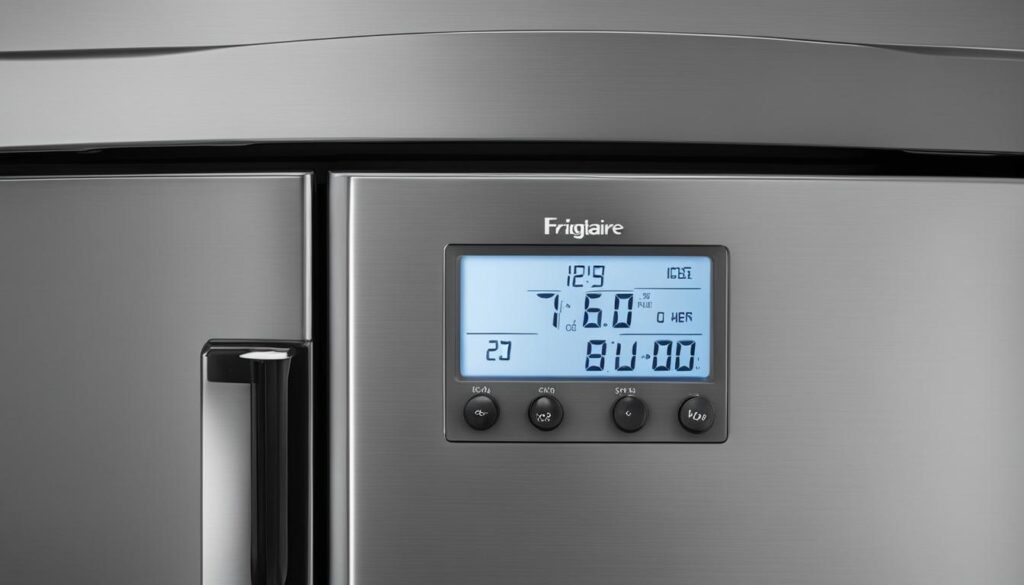
Sometimes the temperature dial or digital control gets accidentally changed. Make sure the fridge is set to the appropriate cooling level:
For most Frigidaire fridges, the optimal temperature is 37°F (3°C) for the fridge and 0°F (-18°C) for the freezer.
If your fridge has an electronic control panel, try resetting it or adjusting the settings.
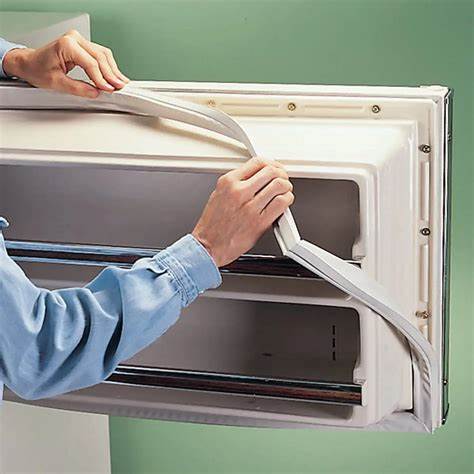
A broken or loose door gasket allows cold air to escape, forcing your fridge to work harder and ultimately fail to cool effectively.
Check the door seal for cracks, tears, or debris.
Close the door on a dollar bill and try pulling it out. If it slides out easily, the seal may be worn out.
Cleaning the seals with warm soapy water or replacing them if damaged can restore proper cooling.
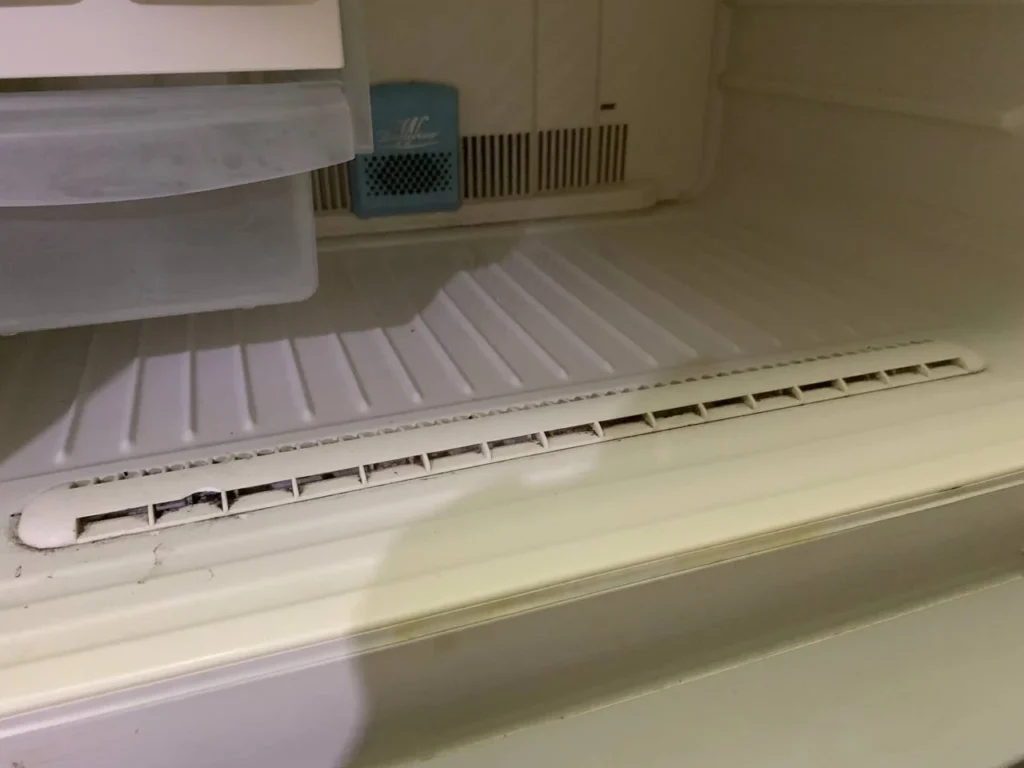
Your fridge relies on proper airflow between compartments. If vents are blocked, it may not cool evenly or at all.
Make sure no items are blocking the air vents inside the fridge and freezer.
Overpacking the fridge can block circulation and reduce cooling efficiency.
Allow at least one inch of space between items and vents for optimal airflow.
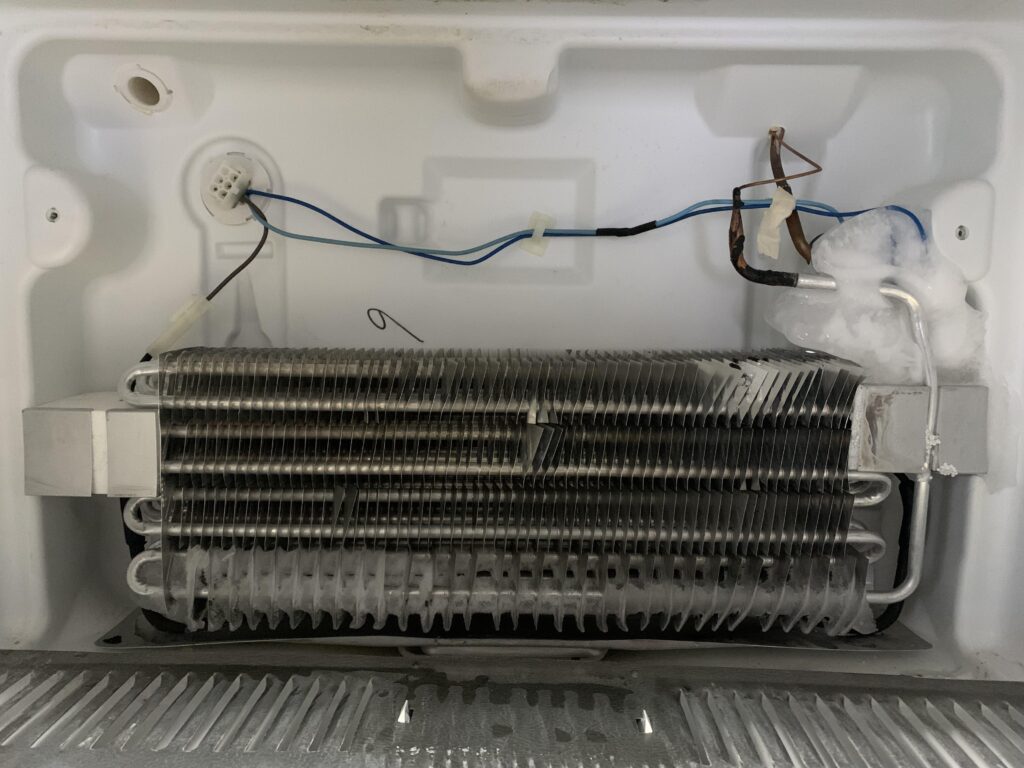
Dirty condenser coils are a frequent culprit when it comes to cooling problems. Dust and pet hair can clog the coils, reducing heat dissipation.
Locate the condenser coils (usually at the back or bottom of the fridge).
Unplug the fridge and use a coil brush or vacuum to clean them thoroughly.
Cleaning the coils every 6-12 months can prevent cooling issues and extend your appliance’s life.
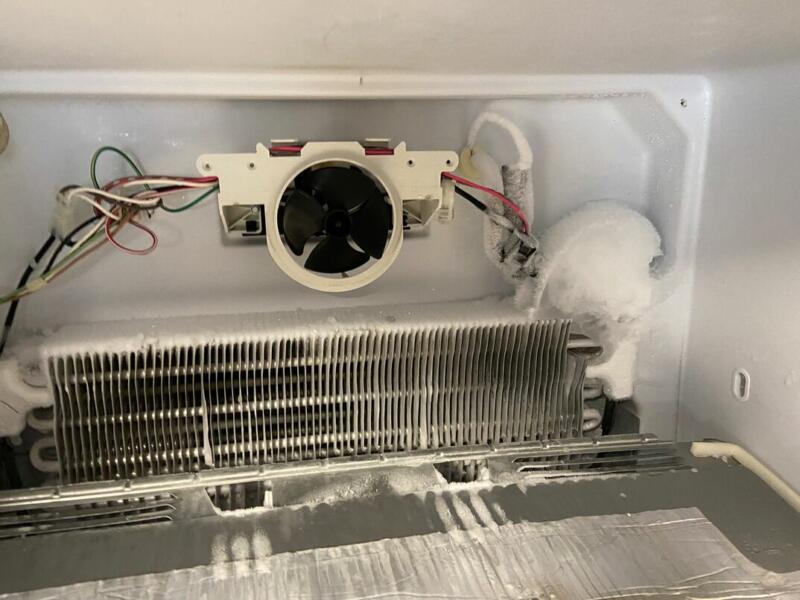
The evaporator fan circulates cold air throughout the fridge. If it fails, the cooling process will suffer.
Listen for a fan running when you open the fridge door.
If the fan isn’t working, the motor may be faulty and needs to be replaced.
Note: Some fans stop when the door opens, so press the door switch manually to test it.
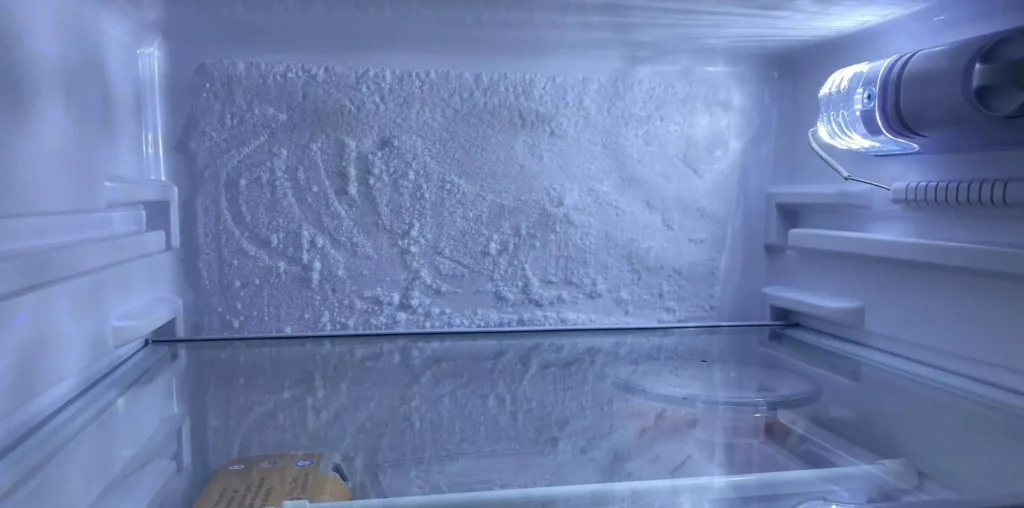
Excess frost in the freezer or around the evaporator coils can block airflow and prevent cooling.
Open the back panel of the freezer and inspect for ice buildup.
If present, you may be facing a defrost system failure (defrost timer, heater, or thermostat).
Manually defrosting the fridge (by unplugging it for 24 hours) can offer a temporary fix, but long-term, the faulty part needs to be replaced.

The compressor is the heart of your fridge’s cooling system. If it’s not running, the fridge won’t cool.
Listen for a humming sound near the back of the fridge. No sound may indicate a bad compressor or start relay.
The start relay is a small device attached to the compressor and is often cheaper to replace.
If the compressor is faulty, professional fridge repair is typically required.
While many issues can be fixed with simple troubleshooting, others require the tools and expertise of a certified technician. If you’ve tried the above steps and your Frigidaire fridge is still not cooling, it’s time to call Express Repair.
We provide:
Same-day appliance repair services
Licensed and insured technicians
Repairs for all major appliance brands, including Frigidaire
Don’t let your food spoil or your stress levels rise. Contact Express Repair today and get your fridge running like new again!